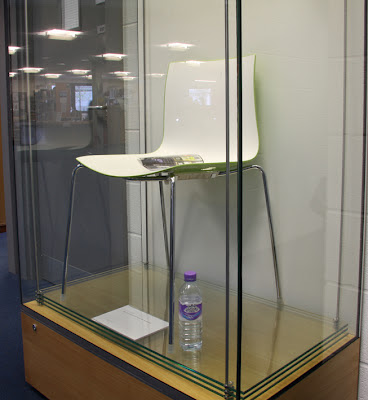The obvious choice as far as I am concerned are the three Jubilee Cream Makers which we have in the collection.
 |
| AIBDC : 002604 |
 |
| AIBDC : 002604 |
Alright, so they don't really have anything to do with the Queen but they are fabulous objects all the same. However, after a bit of internet delving there is a remote possibility that this model of cream maker was called the Jubilee because it dates from 1935 the year of George V's Silver Jubilee. I have only found one reference for this so I am not believing it quite yet. If you have any details that can clarify this matter it would be gratefully received.
 |
| PHSL : 19.1 this example is part of the PHS collection |
 |
| PHSL : 19.1 this example is part of the PHS collection |
 |
| PHSL : 19.2 this example is part of the PHS collection |
 |
| PHSL : 19.2 this example is part of the PHS collection |
MoDiP will be closed on Monday 4th and Tuesday 5th June in line with the AUB public holiday policy.
Louise Dennis (Assistant Curator)

.JPG)
.JPG)


.JPG)
.JPG)
.JPG)
.JPG)
.JPG)
.JPG)
.JPG)
.JPG)
.JPG)
.JPG)
.JPG)
.JPG)
.JPG)
.JPG)

.JPG)
.JPG)